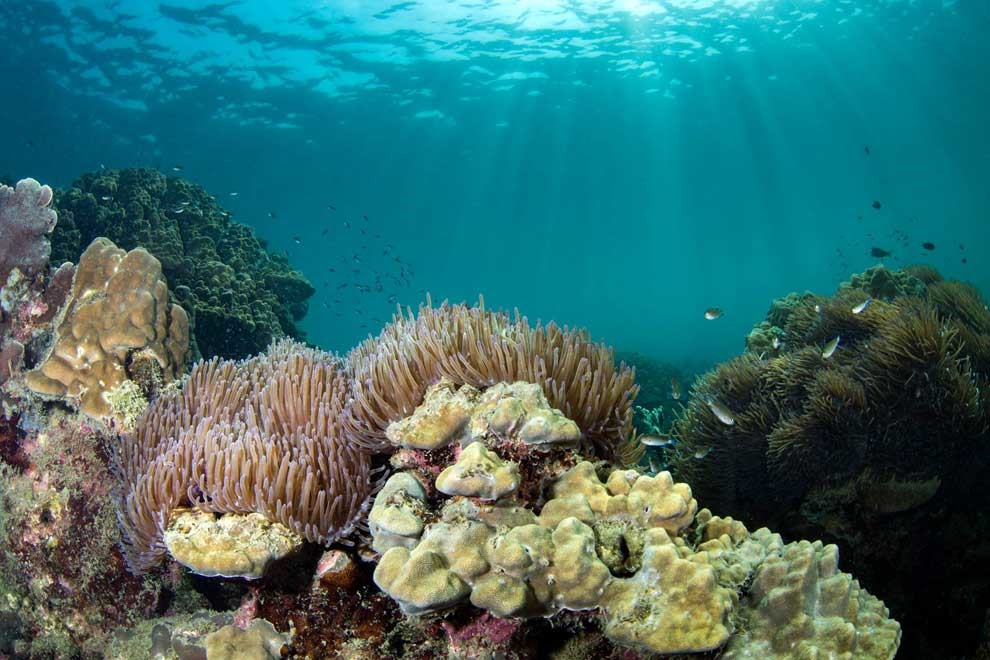Context:
Recently, the Intergovernmental Oceanographic Commission of UNESCO (IOC-UNESCO) released the State of the Ocean Report 2024 (StOR).
About the Report
- The inaugural edition of the Report was launched by the (IOC-UNESCO) during the United Nations Ocean Conference 2022 to offer a one-stop overview of the current state of the ocean, and to mobilize global society to act towards global goals.
- It aims to inform policy-makers about the state of the ocean and to stimulate research and policy actions towards ‘the ocean we need for the future we want’, contributing to the 2030 Agenda and in particular SDG 14.
- It focuses on seven outcomes outlined in the UN Decade of Ocean Science for Sustainable Development (2021-2030) and includes assessing the state of the ocean in terms of its physical, chemical, and biological parameters.
- This report also highlights threats to the ocean, evaluates access to observation infrastructure and data, and provides insights on ocean literacy, and indigenous, and traditional knowledge.
- The next edition of this report will come in 2026.
Key Findings of the Report
On Ocean warming:
- Ocean warming has doubled in 20 years, potentially surpassing the Paris Agreement targets in some of the areas of the Mediterranean, Tropical Atlantic Ocean, and Southern Oceans.
- 2023 saw one of the highest increases since the 1950s.
- This warming, exacerbated by CO2 absorption, is causing sea levels to rise at an accelerated rate thus threatening coastal areas.
- Ocean warming contributes to 40% of the increase in global sea levels, and the rate of rise has doubled over the last 30 years, resulting in a total rise of 9cm.
On Adverse effects on Coastal species:
- Since the 1960s, the ocean has lost 2% of its oxygen due to warming temperatures and pollutants, including wastewater and agricultural run-off.
- Oxygen levels are declining, creating dead zones that endanger marine life, particularly in coastal regions.
- Ocean acidity has increased by 30% since pre-industrial times and will reach 170% by 2100.
- These above conditions cause suffering among coastal species and are harming young vulnerable marine life, leading to mass die-offs due to their fragility.
On Positive aspects of Blue Carbon and MPAs:
- Marine forests, like mangroves, tidal marshes and seagrass plains, absorb up to 5 times more carbon than land forests and are crucial for biodiversity.
- Yet, nearly 60% of countries don’t prioritize their conservation in Nationally Determined Contribution plans (NDCs).
- NDCs are countries’ self-defined national climate pledges under the Paris Agreement, detailing what they will do to help meet the global goal to pursue 1.5°C.
- Marine Protected Areas (MPAs) safeguard biodiversity, hosting 72% of 1500 endangered marine species on the IUCN red list.

